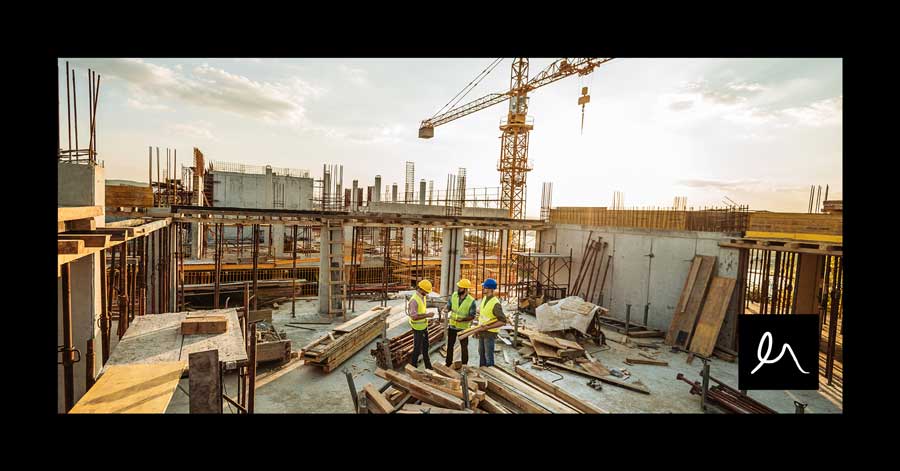The NSW Government has released a new practice standard for registered certifiers.
The standard has been developed as part of the building regulation reforms spearheaded by the NSW Building Commissioner, David Chandler OAM, and is focussed on certifiers of residential apartment buildings. The standard is intended to achieve the following:
- Provide a clear, accessible and specified standard of what is expected of certifiers in undertaking their role and functions.
- Clarify the professional obligations and conduct of certifiers as public officials.
- Reinforce the difference in the role of the certifier from builders and other building practitioners.
- Enhance the accountability and responsibility of certifiers.
The practice standard is a comprehensive guide for certifiers on their obligations and walks certifiers through the following topics:
- Certifiers as public officials
- Conflicts of interest
- Construction certificates for building work
- Inspections of building work
- Occupation certificates
- Documentary evidence
- Compliance
The standard has been prepared pursuant to section 14 of the Building and Development Certifiers Act 2018. That section provides that a registered certifier’s conditions of registration may require the certifier to carry out their certification work in accordance with specified standards or methodologies prepared by the Commissioner for Fair Trading.
A condition may be imposed on the registration of a certifier that they carry out certification work in accordance with the standard and non-compliance with the standard could constitute contravention of a condition of registration – an offence against section 20 of the Building and Development Certifiers Act 2018.
The standard applies to registered certifiers undertaking works for new residential apartment buildings (class 2 buildings under the Building Code of Australia (BCA), including multi-classified buildings which contain a class 2 component).
The guide is very prescriptive in terms of the expectations that certifiers need to meet and while the entire content of the guide is beyond the scope of this blog post, key provisions in the standard are as follows.
Certifiers as public officials
Certifiers are public officials under the Independent Commission Against Corruption Act 1998 and Public Interest Disclosures Act 1997. They are public authorities under the Ombudsman Act 1974.
The guide speaks to the duties of certifiers to carry out functions in the public interest, behave in an impartial manner and avoid conflicts of interest.
In considering the public interest, certifiers are to consider the:
- Health, safety and amenity impact of the building for owners, occupiers, users, visitors and neighbours; and
- Quality of the built and natural environment.
Emphasis is placed on the Code of Conduct, requiring that certifiers:
- Act with honesty, integrity and impartiality;
- Not knowingly bring the profession into disrepute;
- Exercise reasonable care and attention;
- Avoid influences which could bias their decisions; and
- Act in a manner that maintains public trust.
Conflicts of interest
Certifiers are to avoid conflicts of interest, that is where a reasonable person would conclude that:
- The certifier has a private interest in the certification work (e.g. is obtaining benefit from the certification work or providing other additional professional services for the design or construction, etc.); and
- The private interest comes into conflict with and may affect the certifier’s duty to act in the public interest.
Certifiers are to diligently check an application for a construction certificate and its accompanying documentation to a standard expected of a reasonably competent certifier.
Construction certificates
If the documentation is inadequate, the certifier is authorised to request the information that is required for the certifier to assess the application.
The construction certificate must not be issued if the proposal doesn’t comply with the BCA.
Importantly, certifiers are required to refer performance solutions for fire safety provisions to FRNSW in certain applicable circumstances.
In addition, certifiers are required to conduct site inspections prior to issuance of a construction certificate and record their inspection.
Inspections of building work
Certifiers must conduct critical stage inspections and adopt a risk-based approach for additional inspections considering:
- Design complexity;
- Construction methods;
- Staging of the works;
- Innovative design features;
- Performance solutions;
- Ability of elements to be inspected;
- Critical elements of the building.
The prescribed critical stage inspections are:
- After commencement of excavation of the first footing and prior to placement of the footing;
- Prior to covering fire protection at service penetrations required to resist internal fire and smoke spread, with an inspection of one of each type of protection method on each storey of the building;
- Prior to covering the junction of any internal fire-resisting construction bounding a sole-occupancy unit, with an inspection of at least 30% of the sole occupancy units on each storey of the building;
- Prior to covering waterproofing of wet areas, with an inspection of at least 10% of the rooms with wet areas in the building;
- Prior to covering any stormwater drainage connections;
- After the building work is completed and prior to issuance of an occupation certificate.
Occupation certificates
Prior to issuing an occupation certificate, a certifier should have suitable evidence of:
- Compliance with the terms of the development consent;
- Suitability of the building for occupation and use under the BCA classification that applies;
- Compliance with statutory requirements for an occupation certificate.
Click here to read the complete practice standard.
If you have any queries in relation to the new standard or require further information in relation to it, please don’t hesitate to contact our office.







